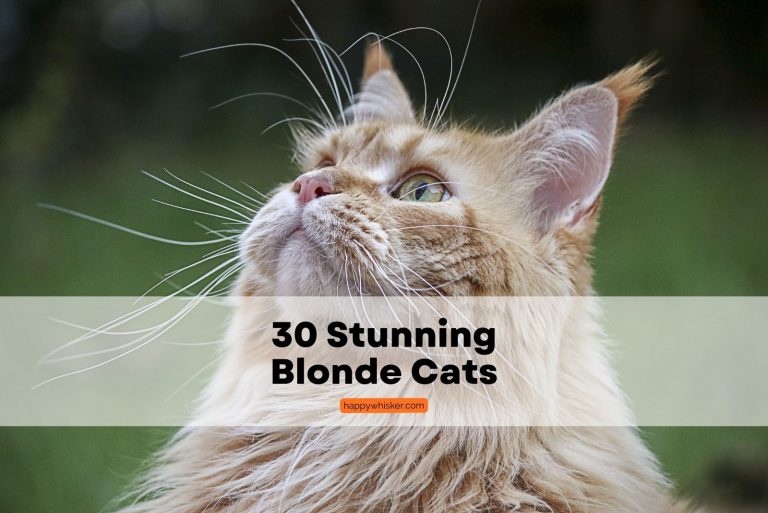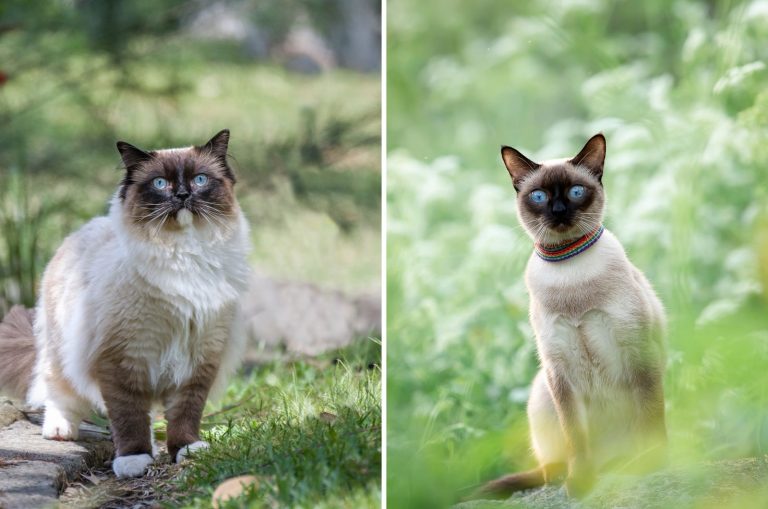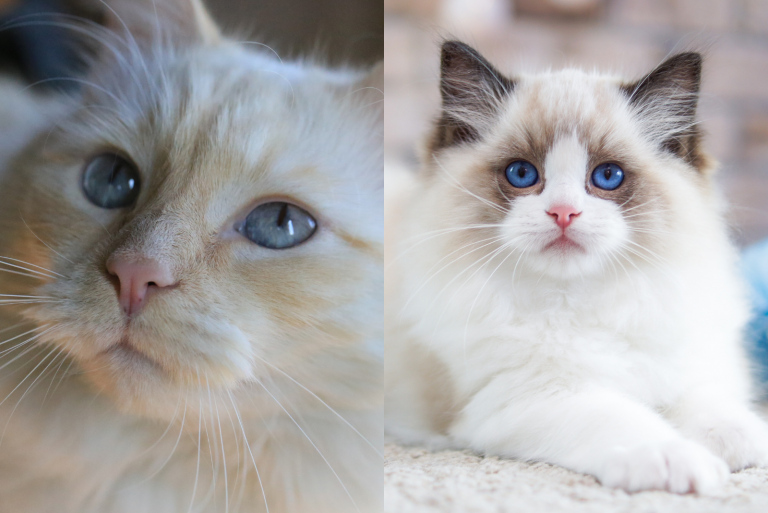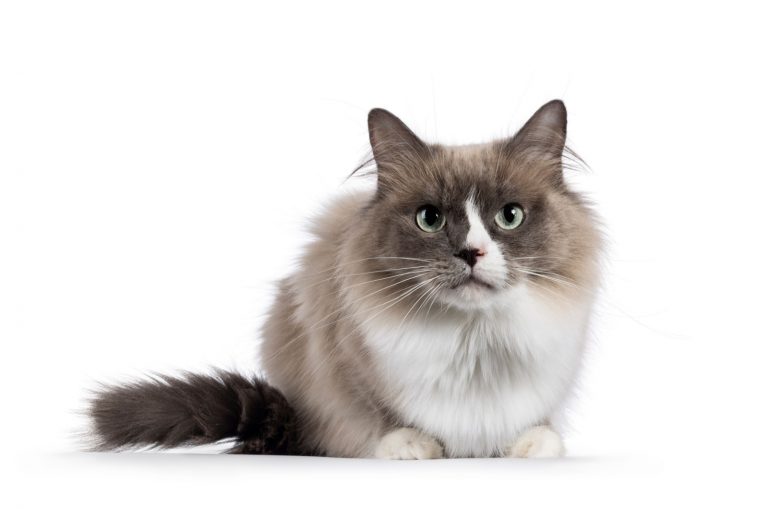The Beauty And Personality Of Torbie Cats
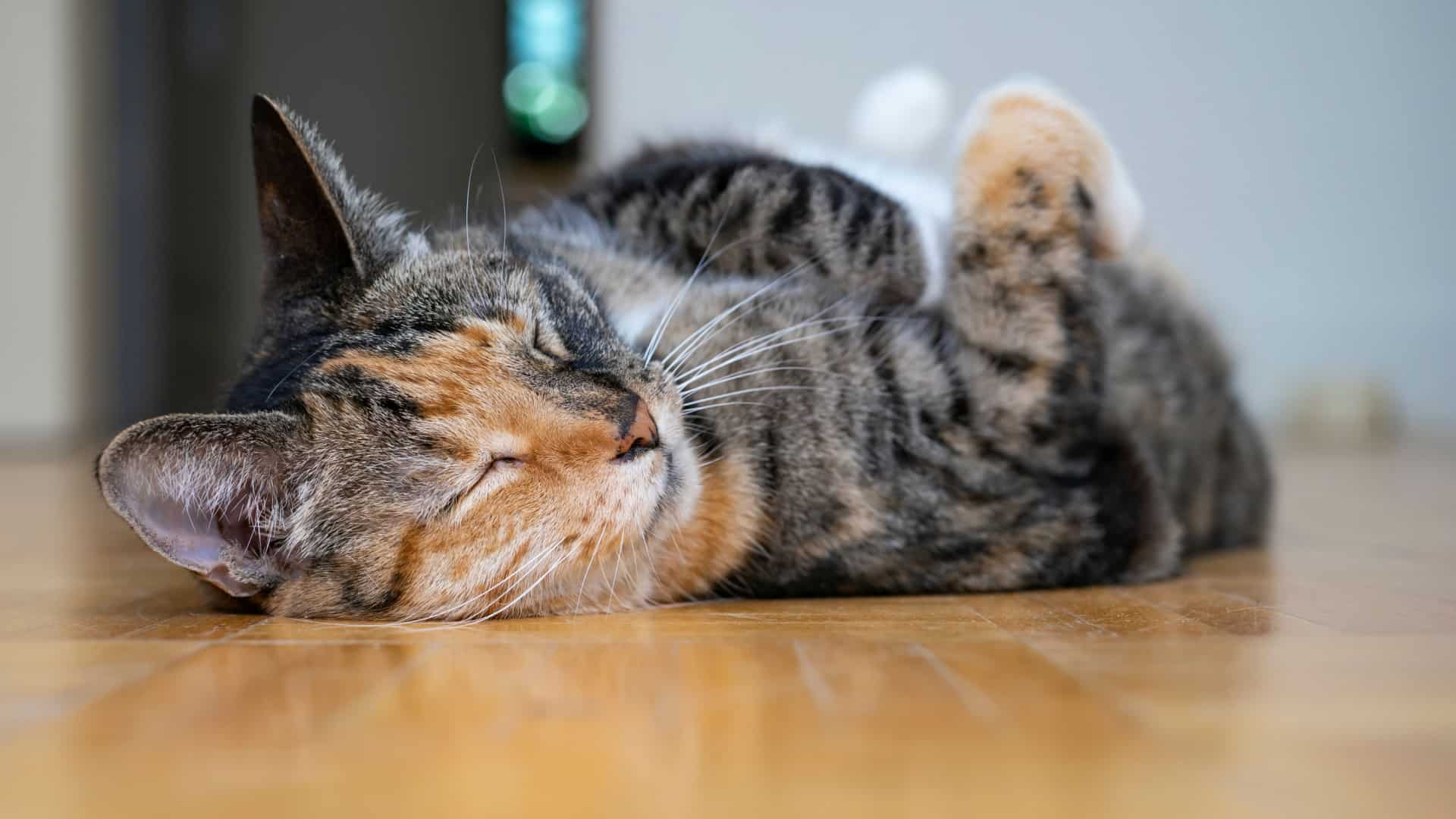
Our feline friends are very special, and this can be best seen in the variety of their shapes and sizes. One of the most fascinating things is the multi-color pattern of some cats.
There are several different patterns that many people often confuse: calico, tortoiseshell, tabby, and finally, torbie, which I’m going to discuss in detail in this article.
Although rare, torbie cats still exist. This is not a specific breed of cat; the name torbie refers to the cat’s coat color. Due to their rarity, many people often confuse them with the previously mentioned patterns.
So, keep reading this article to learn more about torbie cats, including how to differentiate them from calico, tortie, and tabby kitties.
All About Torbie Cats
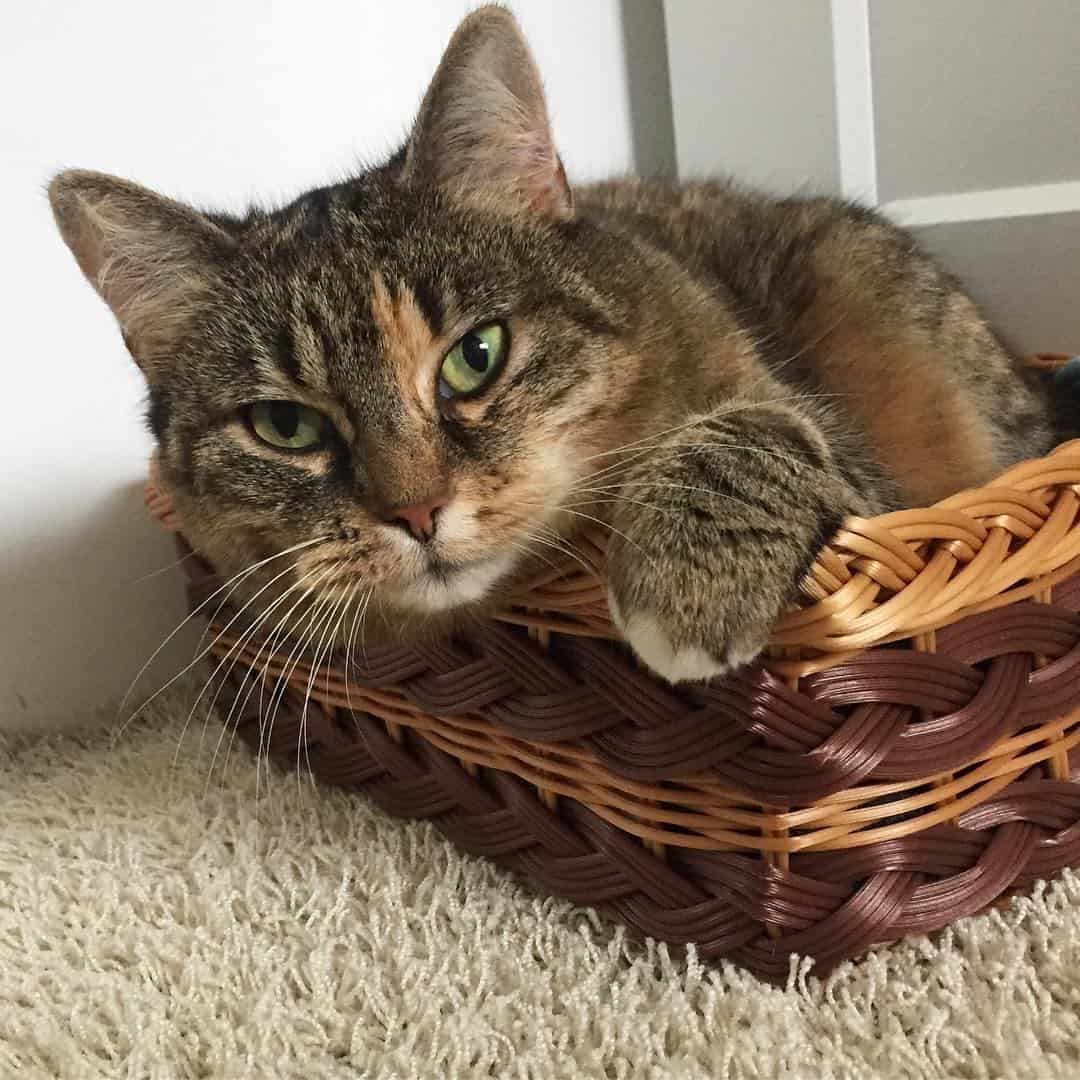
Just like other types of cats mentioned in this article, a Torbie cat isn’t a breed; the name refers to the cat’s coat coloration.
Many cat lovers are familiar with calico, tabby, and tortoiseshell patterns, but when it comes to torbie, they often get confused.
Luckily, today, we’re going to end this nightmare together and learn the main differences between these cat coat patterns.
Appearance
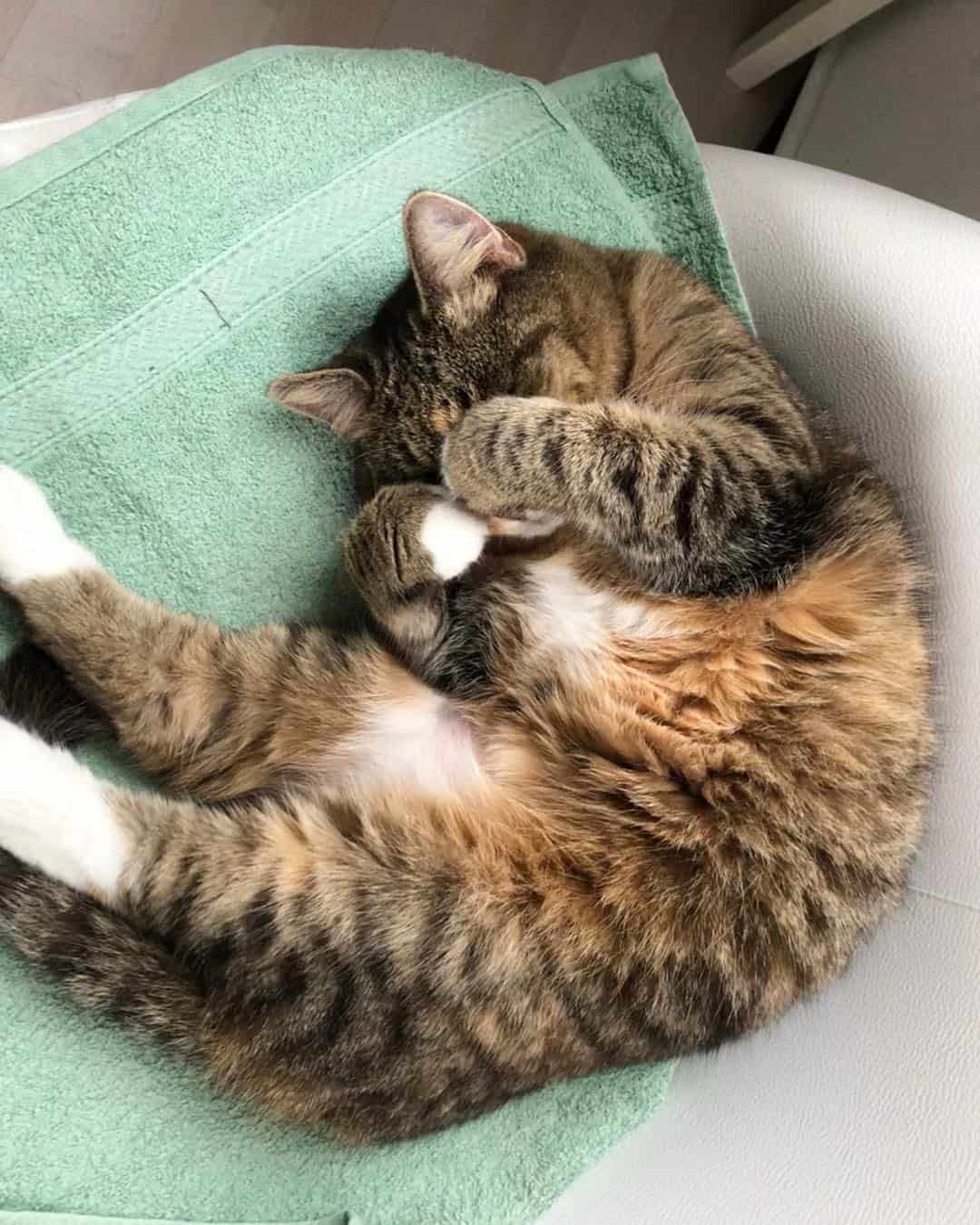
The torbie cat pattern is a result of the tortoiseshell and tabby pattern. Thanks to these two patterns, a new coat color appeared.
A cat with this new pattern is called a torbie cat which is short for tortoiseshell-tabby coat. These cats are also called patched tabbies, reverse torties, or striped torties.
Torbie cats are characterized by speckles of black and red fur in a tabby pattern which makes it very easy to differentiate them from other tabby and tortoiseshell cats.
The most important thing is that torbie cats are also characterized by the famous “M” shaped marking that is characteristic of tabby cats.
Personality
As already mentioned, a torbie cat refers to a cat with a specific coat coloration and not to a breed of cat. Therefore, the personality of torbie cats actually depends on the breed of cat they belong to.
Still, most cat lovers say that torbie cats are characterized by their sassy temperaments, but they also say that they’re extremely friendly and affectionate.
Are Torbie Cats Rare?
Torbie cats are extremely popular for their interesting appearance; however, you won’t come across one very often, as they are very rare.
So, if you desperately want a torbie cat for yourself, it would be best to check in adoption or rescue centers. If you find one, then trust me, you’re a very lucky person.
Can Male Cats Be Torbie?
Male torbie cats are extremely rare. If it happens that a male cat has a torbie pattern, then you should know that they’re sterile, meaning they cannot reproduce.
These patterns are most common in female cats because of the X chromosome that determines the coat coloration in a cat. If it happens that a male cat has two X and one Y chromosome (XXY), only then can it have a torbie pattern.
The Main Differences Between Torbie And Calico, Tortie And Tabby Cats
There are many bi-color and tri-color cats whose appearance seems to be almost the same. This is why many people have trouble differentiating them.
If you cannot tell them apart properly, worry not. I suggest you keep reading; further on in the article, I’ll provide you with a clear comparison of torbie cats with calico, tortoiseshell, and tabby cats.
Torbie Cats VS Calico Cats
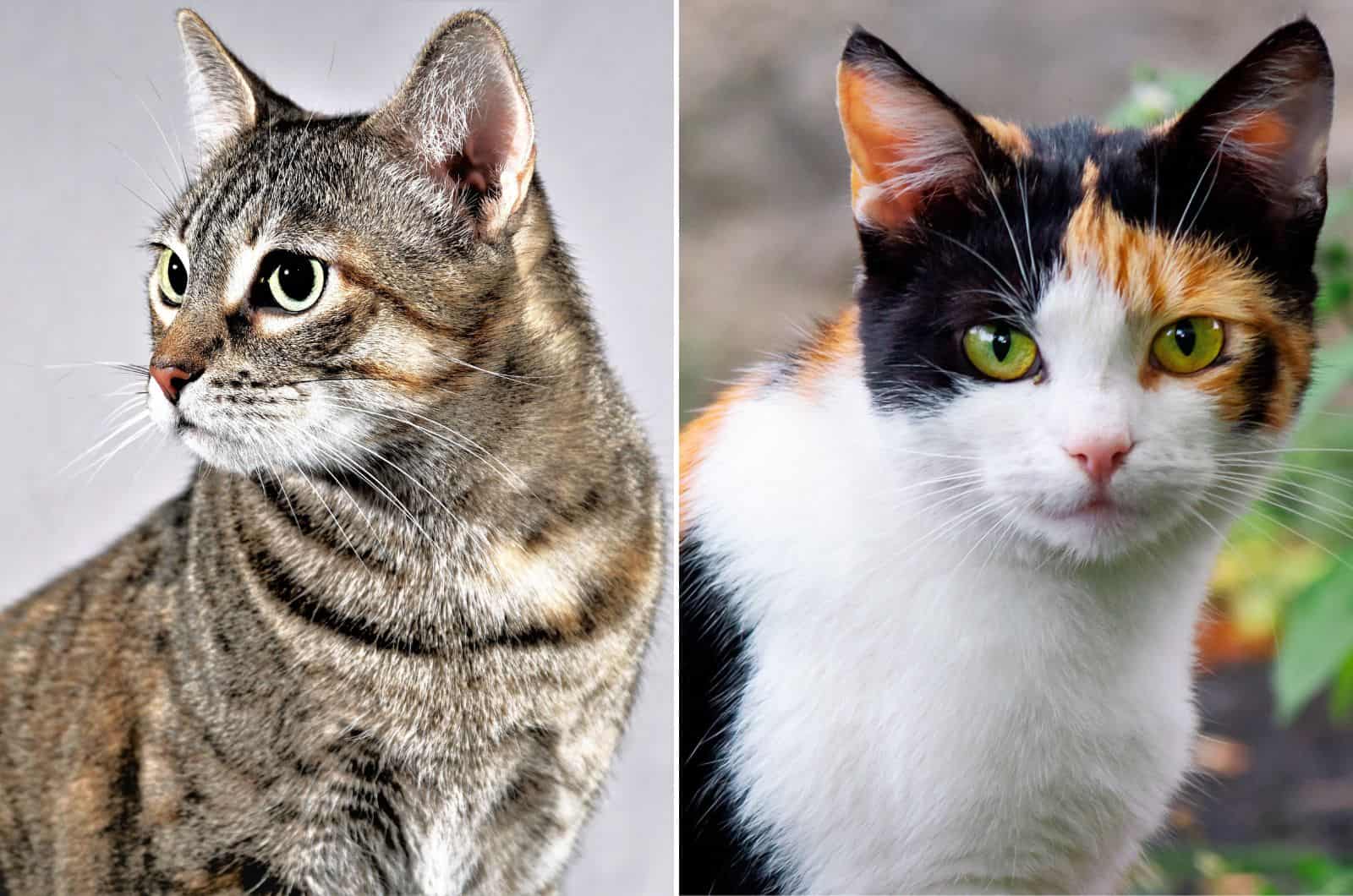
Comparison
[table id=310 /]
Sometimes, calico cats are mistaken for tortie or torbie cats, but when you get to know each one of these cats better, it will be much easier for you to recognize them.
A calico cat isn’t a breed but a tri-color pattern. Their base body color is always white, and this is mixed with black and red patches. There are five different subtypes of calico cats:
• Classic calico with random black and red patches on a white body.
• Patched tabby calico (also called caliby) with red and tabby patches on a white body.
• Dilute calico whose colors seem to be faded, so instead of red and black, you’ll see gray and cream.
• Long-hair and short-hair calico
A torbie cat is very similar to a calico, but the main difference is that torbies have a tabby pattern with patches of black and red.
Moreover, calico cats are usually females due to the X chromosome, which is responsible for determining the cat’s coat color.
However, male calicos are still possible, and they’re extremely rare. What’s even more interesting is that male calicos are born sterile due to the condition Klinefelter Syndrome which may also lead to other abnormalities and health issues.
This is why calico cats cannot be bred; the coat coloration happens naturally due to the cat’s genes.
This calico pattern is very common for both domestic cats and purebred cats. Some of these breeds are:
• Manx
• Norwegian Forest cat
• Japanese Bobtail
• Turkish Van
• Maine Coon
• Turkish Angora
• Siberian cat
• Persian
• Ragdoll
• British and American Shorthair
The calico cats don’t have any special personality traits, as the calico only refers to their body color.
However, many calico parents claim that these unique and beautiful kitties are even more affectionate and loving than their fellow cats from the same breed.
Torbie Cat VS Tortoiseshell Cat

Comparison
[table id=311 /]
If you have had trouble telling torbie cats apart from torties, that’s in the past, as it’s very easy, and now you’ll learn how.
Tortoiseshell cats, or tortie cats, are actually bi-color cats. The tortoiseshell markings are similar to the shell of a tortoise, hence the name.
Their coat consists of patches of black and red colors, which may sometimes be dilute shades and appear to be cream or gray.
Unlike calico cats, tortie cats are bi-color which means that they don’t have white fur, but only black and red, or gray and cream if they’re diluted torties.
The thing that makes tortie cats different from torbie cats is that torbie cats, besides black and red patches, also have a tabby pattern all over their body. So, it’s very easy to differentiate between them as tortoiseshell cats don’t have a tabby pattern.
An interesting fact is that tortoiseshell cats may often have different colors on each half of the face, including different eye colors. A cat with such coloration is called a chimera cat, and there is an explanation behind this fascinating appearance.
Just like with torbies and calico cats, male tortie cats are extremely rare due to the absence of an X chromosome, which is a recessive gene responsible for this pattern. Additionally, rare male torties are sterile due to the Klinefelter Syndrome.
Even though tortoiseshell cats aren’t a breed of cat, they are often characterized by a sassy cattitude, which many refer to as tortitude. They’re also very energetic and affectionate, so you’ll never be bored with a furry little tortie.
The most interesting thing about tortoiseshell cats is that they’re considered a symbol of luck in many different cultures. In some countries, they’re called “money cats” because it’s believed that they’ll bring fortune to the family business and similar.
Some cat breeds that may have this coat pattern:
• Persian
• Oriental Shorthair
• Munchkin
• British Shorthair
• American Curl
• American Shorthair
• Manx
• Devon Rex
• Sphynx cat
• Cornish Rex
Torbie Cat VS Tabby Cat
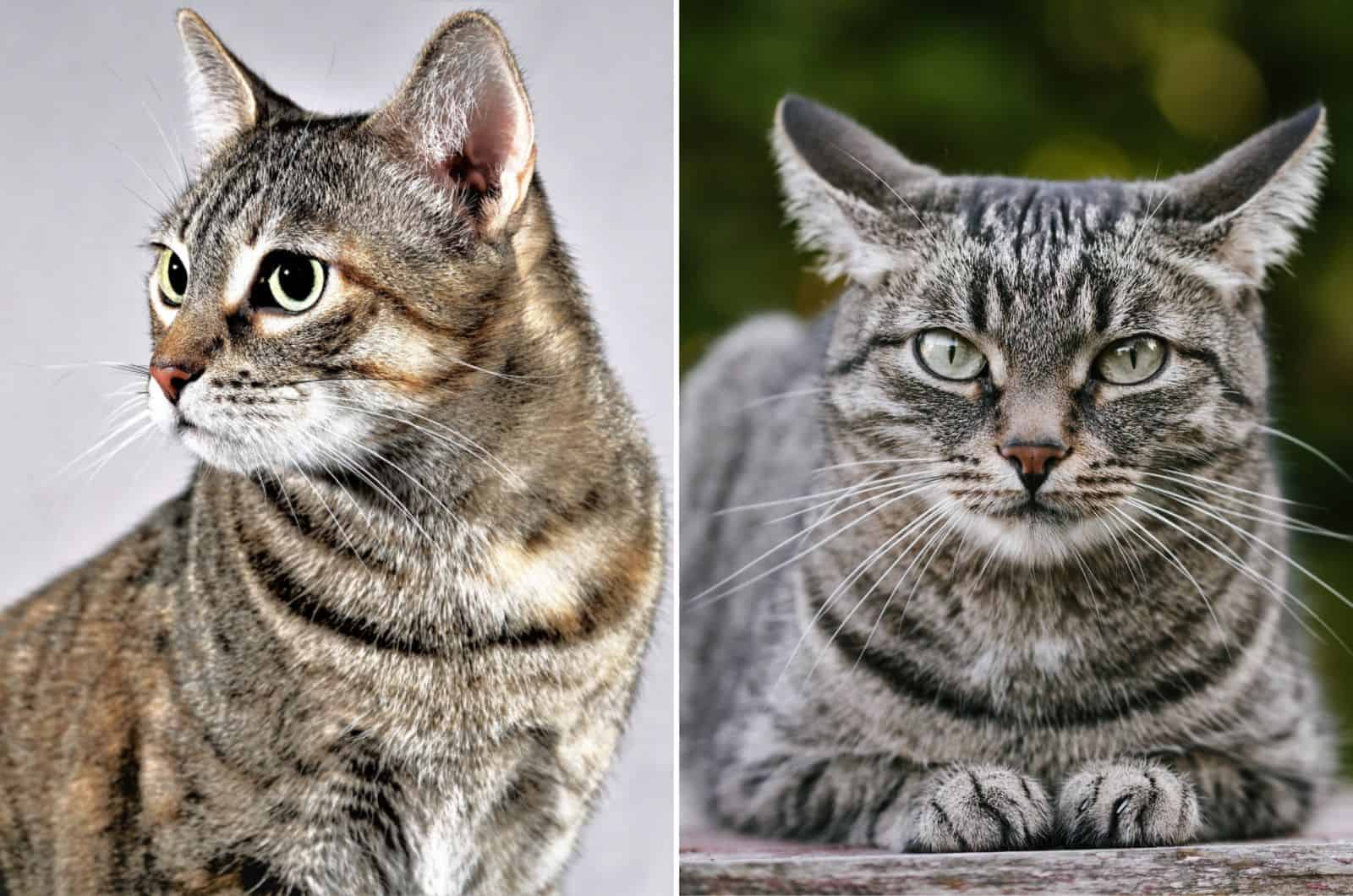
Comparison
[table id=312 /]
The easiest cats to differentiate are torbies and tabby cats. Tabby cats usually have a brown, grey, or orange solid color coat with distinctive markings.
A cat with this pattern may be characterized by spots, swirls, whorls, or stripes. Apart from these interesting markings, tabby cats are characterized by the M-shaped marking on their forehead, which is popular in many legends.
In Ancient Egypt, cats were sacred animals. So, according to legends, the “M” stands for Mau, which means Meow – the noise that cats make.
The main difference between a tabby and a torbie cat is that a torbie cat will have black and red, or cream and grey if diluted, patches along with the tabby pattern.
Just like calico and tortoiseshell cats, torbie cats are also mainly females due to the X chromosome, which is responsible for these patterns.
Tabby cats, on the other hand, are usually male cats, especially orange ones. The orange color gene is noted as O, and it can only be carried on the X chromosome. So, female cats will need both copies of their X chromosome to be orange, but that is rare.
On the other hand, male cats will only need one copy which results in more male orange tabbies than females.
Moreover, torbie cats may have different tabby markings as there are different types of tabby cats.
Different Type Of Tabby Cats
Classic Tabby Cat
This subtype of tabby cats is characterized by whorl patterns all over the cat’s body. Because of the interesting pattern, this subtype is also called “blotched tabby”.
The main distinctive feature of tabby cats is present in classic tabbies as well. So, the cat is characterized by the “M” marking on its forehead, which is a necessary marking for tabby cats.
The pattern of a classic tabby cat isn’t symmetrical when compared to other subtypes, but the pattern will be unique and visible on the cat’s legs, body, and tail.
Spotted Tabby Cat
The main difference between spotted tabby cats and other types is that it doesn’t have stripes but rather spots.
The classic and mackerel patterns are more similar to the pattern of a tiger or a similar wild cat, while the spotted tabby cat resembles a leopard more. It’s interesting that the size of spots may vary and that all depends on the type of cat.
Ticked Tabby Cat
This subtype of tabby cat is especially interesting because it has neither stripes nor spots. This pattern looks more like ticks of colors looking like pepper and salt.
However, there’s a reason why their coat appears to be ticked. They have this appearance due to agouti hair. Agouti hair doesn’t have a single color but multiple bands of color that vary from the tip to the root.
Because of the unique look of agouti hair, cats with such hair result in a ticked appearance, which is why they’re referred to as ticked tabby cats. These cats may still have traces of stripes over their body, but that’s very rare.
Again, despite the agouti hair, ticked tabby cats also have an “M’ shaped marking on their forehead.
You may have noticed that this pattern is the most common among many different cat breeds. The best example of this ticked tabby pattern is the Abyssinian cat breed.
Mackerel Tabby Cat
The reason for the name of this subtype, the Mackerel tabby cat is because a cat’s body is characterized by symmetrical tabby stripes that look like mackerel fish bones.
These cats are often compared to tigers due to their pattern.
I suppose that this pattern is very familiar to you, as it’s common in most cats, both mixed and purebred cats; still, it’s called mackerel and not a standard classic one.
Finally…
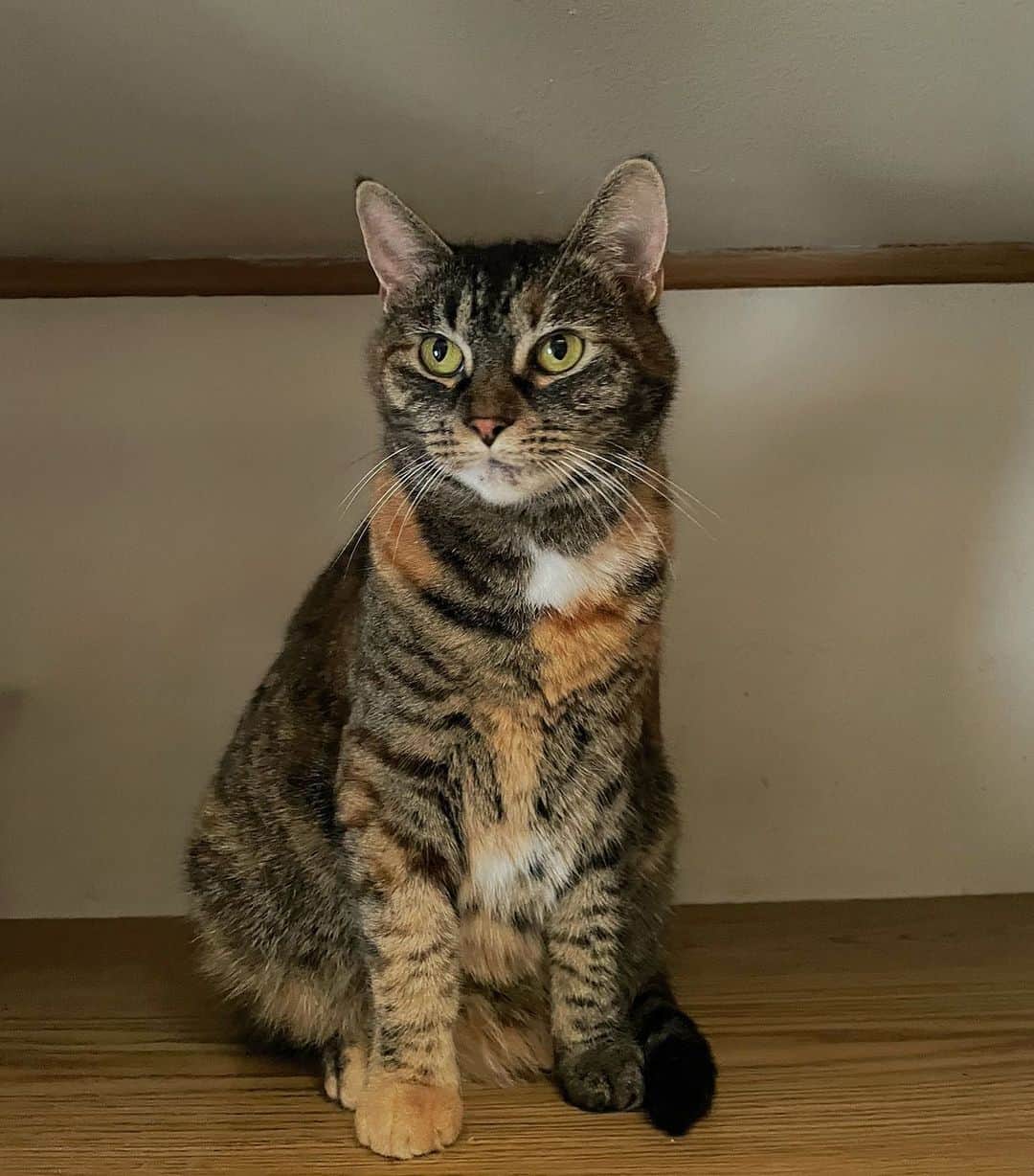
Torbie cats are very special felines which appeared as a result of mixing a tortoiseshell and a tabby cat.
These cats are characterized by a unique appearance that includes a cat with black and orange patches over the tabby pattern.
Their appearance may be very similar to those of calico and tortoiseshell cats; however, after you get to know these types of cats better, it’s very easy to differentiate between them.
Calico cats are the easiest to differentiate. They’re characterized by tri-color fur; a white base with red and black patches, or grey and cream if the shades are diluted.
Moreover, the main difference between torbie, calico, and tortoiseshell cats is that torties are actually bi-color cats whose fur includes red and black colors.
Calico, tortie, and torbie cats are mostly females due to the X chromosome and a recessive gene; however, that’s not the case with tabby cats. Tabbies, especially orange tabbies, are usually males.
Hopefully, this article helped you with learning the main differences between these four different types of cats, specifically their coat pattern.
If you’re interested in them, you can go check for one in an adoption or rescue center. But, remember, torbie cats are very rare, so if you find one, you’re a very lucky person!
Related Content
• Tabby Vs Bengal Cat – How To Tell Them Apart? (With Pictures)
• Top 10 Fluffy Orange Tabby Cats You Will Want To Cuddle With
• Are Calico Cats Hypoallergenic? Everything You Need To Know

